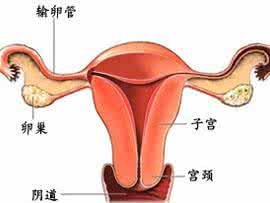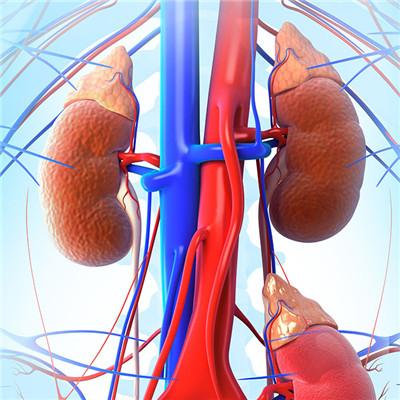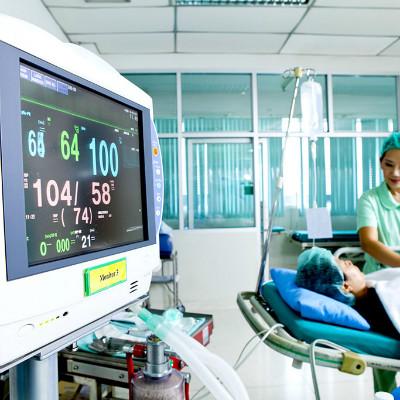Uterine fibroids symptoms?
summary
Hysteromyoma is one of the most common benign tumors in female reproductive organs, and it is also one of the most common tumors in human body, also known as fibromyoma and uterine fibroma. Because uterine leiomyoma is mainly formed by the proliferation of uterine smooth muscle cells, in which a small amount of fibrous connective tissue exists as a supporting tissue, it is more accurate to call it uterine leiomyoma. Referred to as uterine fibroids. Uterine fibroids symptoms? Let's talk about it
Uterine fibroids symptoms?
(1) Uterine bleeding is the main symptom of hysteromyoma, which occurs in more than half of the patients. Among them, periodic bleeding is the most common, which can be manifested as increased menstrual volume, prolonged menstrual period or shortened menstrual cycle. It can also be manifested as irregular vaginal bleeding without menstrual cycle. Submucosal myoma and intramural myoma are the most common causes of uterine bleeding, while subserosal myoma rarely causes uterine bleeding.

(2) Abdominal mass and compression symptoms of fibroids gradually grow, when it makes the uterus larger than 3 months of gestation, the size of the uterus or a large subserosal fibroids located at the bottom of the uterus, the mass can often be found in the abdomen, especially when the bladder is filled in the morning. The mass was solid and movable without tenderness. When the myoma grows to a certain size, it can cause the compression symptoms of the surrounding organs. If the myoma of the anterior wall of the uterus is close to the bladder, it can cause frequent micturition and urgency; Large cervical myoma * compression of bladder can cause voiding or even urinary retention. Uterine posterior wall myoma, especially isthmus or cervical posterior lip myoma, can compress rectum, causing poor stool and discomfort after defecation; Huge broad ligament myoma can compress ureter and even cause hydronephrosis.

(3) In general, hysteromyoma does not cause pain, but many patients can complain of lower abdominal distension and backache. Acute abdominal pain may occur when subserosal myoma has pedicle torsion or uterine myoma has red degeneration. Dysmenorrhea may occur when myoma complicated with endometriosis or adenomyosis.

matters needing attention
The surgical treatment of hysteromyoma includes myomectomy and hysterectomy, which can be performed through abdomen or vagina, or endoscopic surgery (hysteroscopy or laparoscopy). The choice of operation method depends on the patient's age, fertility requirements, size and growth site of myoma, medical technology and other factors.














